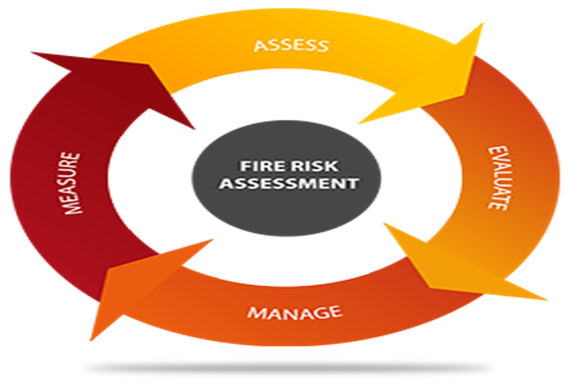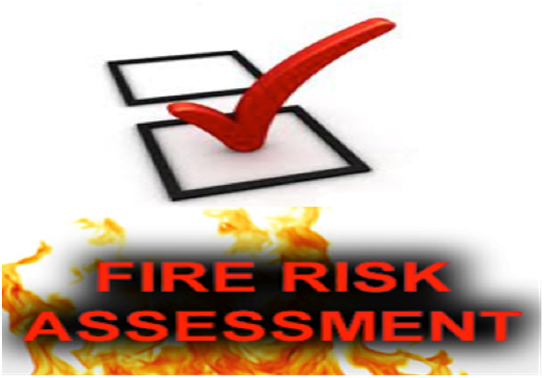What does a Fire Risk Assessment Involve?
Did you know that a fire risk assessment is necessary in almost all buildings in England and Wales apart from domestic properties? An assessment like this aims to evaluate the various risks from fire and highlight the consequences of a fire occurring. So, what does a fire risk assessment involve?
A qualified professional competent in fire risk assessment will make a physical inspection of a building and examine any existing fire precautions and equipment. Any recommendations and suggestions for additional measures can then be made. As well as the physical aspects of the property, a fire risk assessment also needs to look at safety management within the organisation and how people will evacuate and react in the event of a fire breaking out.

For the purposes of satisfying legislation, an assessment of this nature will primarily be concerned with the welfare and safety of people inside the building. Damage to property or business interruption recommendations can be looked at in greater detail but the main focus for fire risk assessment is protecting the occupants of the premises.
Such assessments should be carried out regularly as organisations and building uses change over time. For example, if more people are hired by a company or floor layouts are changed then previous fire assessments may become outdated. In the event a fire does occur, an immediate review of the assessment should be arranged.
A written record covering the fire risk assessment must be made if a business employs over 5 people. The assessment must involve:
- Identifying possible fire hazards
- Evaluate, remove or decrease any risks
- Identify any at risk people
- Record the findings, create an emergency plan and give training
- Regularly review and update the assessment

Whilst a fire risk assessment can be done by a designated employee, most people feel they don’t have the competence or the time to complete one properly. That’s why hiring a professional is the safest and most responsible step. For information on Fire risk assessment Gloucester, visit http://www.keloscape.co.uk
An assessment will look at the following aspects of fire safety:
- Exits and routes to be taken in an emergency
- Detection and alarm systems
- Fire extinguishing equipment
- Storage and removal processes for dangerous substances
- Vulnerable or at-risk occupants
- Sharing of information and training
- Specific fire safety training
Here are some common myths regarding fires in the workplace:
- In the event of a fire, all sprinklers go off at the same time. This is not true as only the sprinkler directly affected by the fire will activate.
- A smoke detector is all we need. Whilst a smoke detector is perfect for alerting to danger and do save lives, they do nothing to help put out a spreading fire.
- Sprinklers go off accidentally all the time. Statistically, you are more likely to win the lottery than be affected by a malfunctioning sprinkler system.
- Sprinklers cause water damage. Damage reported by sprinklers is often exaggerated as only one positioned over a fire will turn on. Items sprayed by sprinklers can often be recovered, burnt items cannot!

